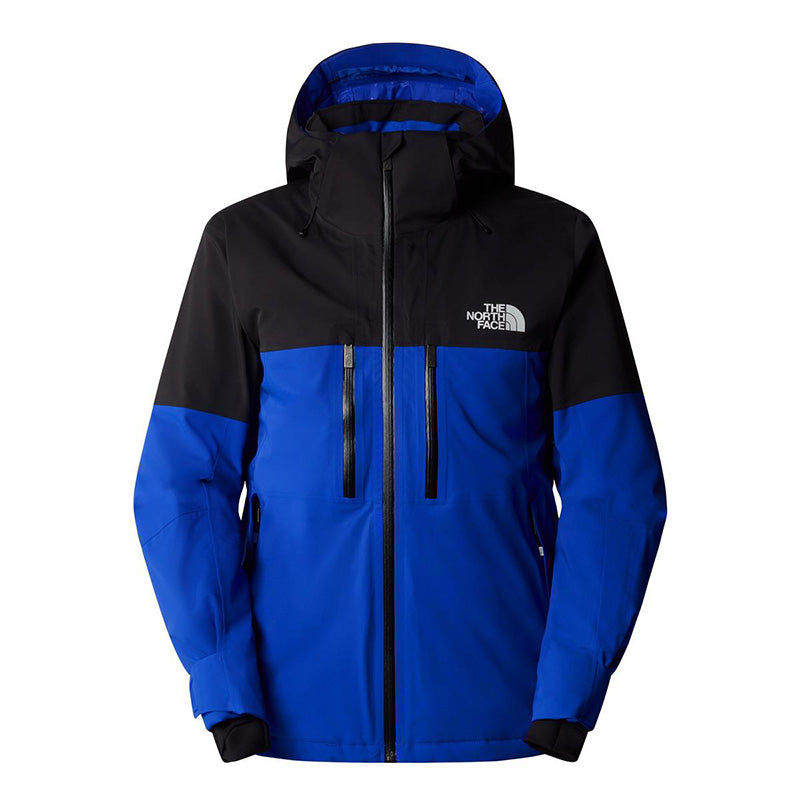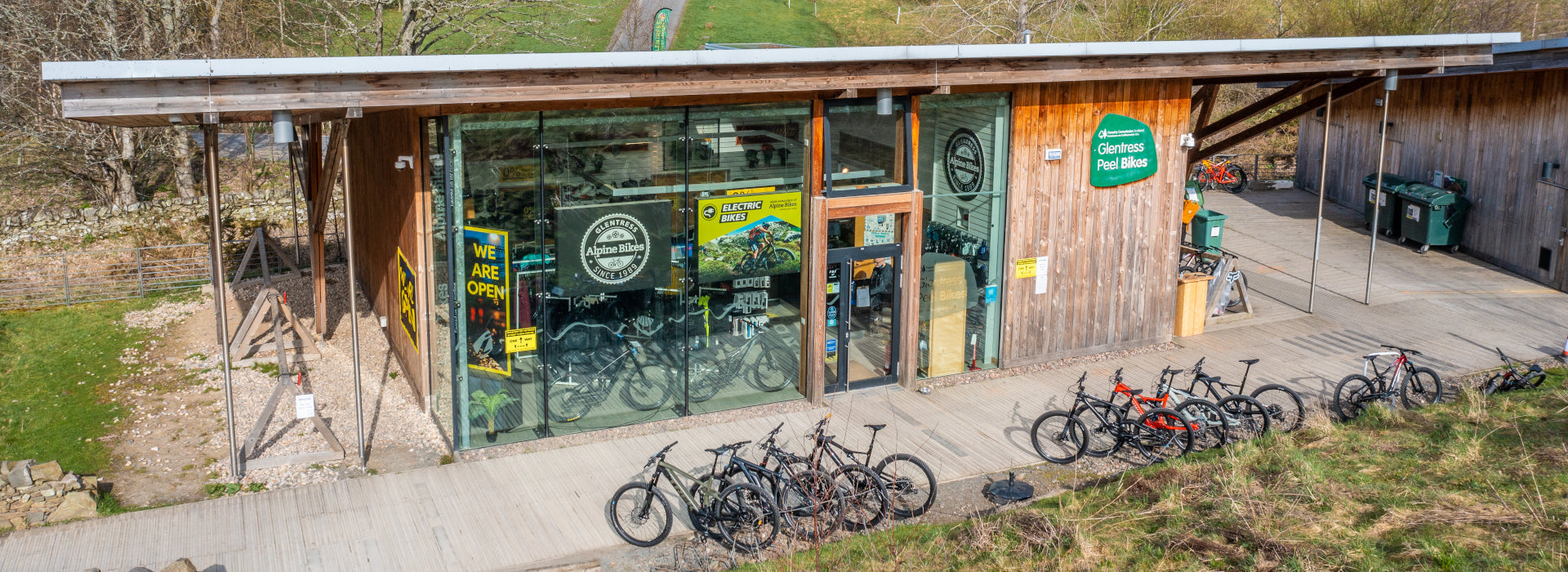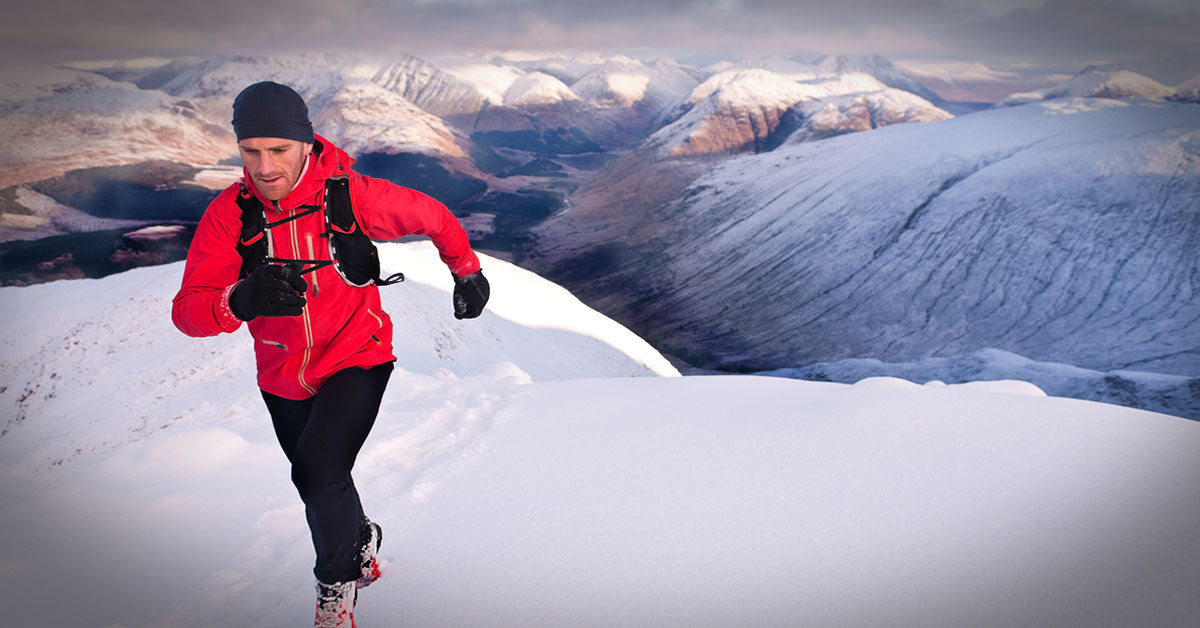Your outer layer is your barrier against the elements, and is perhaps the most crucial element of your outdoor kit. But with new technologies, fabrics, and designs emerging all the time, it can be easy to get confused looking at the huge range of jackets to choose from. This guide will cover the main types of jackets and their key features, to help you decide which type of jacket will best suit your needs.
Quick Jacket Tips
What type of clothing will best suit your activity? This will narrow your choice immediately. For example, an insulated snowsports jacket will most likely be too heavy and warm for general walking and vice versa.
What are the most important features for your end use? Durability, waterproofing, breathability, light weight, vents, freedom of movement, cut or colour?
Remember that waterproof garments can be very versatile. They can easily be combined with various layers to suit changing uses and weather conditions.
What Type of Jacket Should I Buy?

Lightweight Waterproofs
Best For: trail running, general day hiking, summer backpacking
Pros: packable and lightweight to keep in your pack when you need it
Cons: not the most durable
Key Features:
- Packability
- Taped seams
- Adjustable hood, hems and cuffs
- Lightweight (usually under 350g)
- Storm flap
What's the deal? Aimed at a more casual hiker who is not expected to use the jacket in a year-round mountain environment, lightweight waterproofs are fuss-free and pack away neatly when not in use. This type of jacket is ideal to carry in your pack just in case, or for changeable conditions when the rain might be on and off throughout the day. The hood design tends to be simpler, often without a visor or stiffener, and won’t be helmet compatible. Read more about different types of waterproof jackets here.

Mountain Waterproofs
Best For: climbing, mountaineering, winter hiking
Pros: durable and protective in all kinds of environments
Cons: more expensive than a lightweight waterproof
Key Features:
- Durable fabrics
- Helmet-compatible hood with stiffened peak visor
- Volume adjusters
- Chin guards
- Pit xips
- 2-way zips
- Articulated sleeves
- Tapered fit
- Water-resistant zips
- RECCO reflector
What's the deal? Mountain waterproofs are set apart by their tough, high-performance fabrics and exacting design specification. Good design is just as important as how waterproof the fabric is. The fabrics tend to be harder wearing, and the garment will generally have more features than lighter waterproofs. Hoods will be a lot more protective, chin guards will protect you from extreme cold, and pockets are designed to minimise water permeability, amongst other features. Read more about waterproof jackets here.

3-in-1 Waterproofs
Best For: winter walking, unpredictable weather
Pros: adapts to suit a range of environments, all year round
Cons: can be difficult to pack away
Key Features:
- Adjustable hem, hood and cuffs
- Warm insulation
- Packable hood
- Storm flap
What's the deal? A 3-in-1 is the most versatile and best value waterproof you can buy as it allows you to unzip an insulated fleece layer from the waterproof outer, and wear them either as separates or together to cope with a variety of conditions all year round. You can wear the inner when it’s cool and dry, the outer on wet days, and both together in the winter for complete warmth and waterproof protection.

Down & Insulated Jackets
Best For: a variety of winter activities, casual wear
Pros: highly versatile during winter months, usually very lightweight
Cons: can cause overheating if layering underneath, not waterproof
Key Features:
- Articulated sleeves
- DWR coating
- Stuff sack
- Helmet-compatible hood
- Adjustable cuffs and hem
- Elasticated edges
- Insulated hood
What's the deal? A good choice when all you want is maximum warmth from your clothing without the hassle of layering, a down or insulated garment can be a great option. Heavier styles are ideal for all-day wear in the winter months with lighter models keeping the draught out on hilltops in the summer. Different styles are intended to suit the varying needs of walkers, skiers and climbers as well as alpine mountaineers. Read more about the differences between down and insulated jackets here.

Softshell Jackets
Best For: fast-paced activities like trail running, climbing and cycling
Pros: lightweight and wind-resistant
Cons: not usually waterproof
Key Features:
- Articulated sleeves
- DWR coating
- Stuff sack
- Helmet-compatible hood
- Adjustable cuffs and hem
- Elasticated edges
- Insulated hood
What's the deal? Softshell jackets are an alternative to waterproof garments, combining elements of a mid-layer and an outer layer in one for versatility and weather protection. Softshells are made from a variety of materials and are sometimes lightly insulated for additional warmth, featuring a water-repellent finish to the outer for weather protection. Ideal for fast-paced activities, the majority of soft shells do not need to be fully waterproof but they are highly windproof and water resistant. Softshell jackets are usually more flexible than hardshell waterproof jackets and can be worn as a midlayer underneath a hardshell in harsh conditions. The close cut and trendy design of most softshells means you can easily wear them from the hill to the street.

Snowsports Jackets
Best For: a variety of winter activities
Pros: cool features to make your life easier on the slopes
Cons: quite heavy for general wear
Key Features:
- Powder skirts
- Pass pockets
- RECCO reflectors
- Articulated elbows
- Helmet-compatible hood with visor
- Pit zips
- Down or synthetic insulation
- Cuffs with thumb-holes
- Goggle wipe
What's the deal? Snowboarding clothing is generally looser in cut, casual in style and may not be fully waterproof. Alpine and downhill ski clothing tends to be closer fitting, while extreme skiers sometimes even opt for climbing or mountaineering clothing. Lots of ski-specific jackets will have cool features like powder skirts to keep the snow out and a pass pocket to store your lift pass.
Why is Layering So Important?
It goes without saying that a good layering system is an essential element of dressing for the outdoors, and wearing the right jacket is a key element of this. Layering correctly will keep you warm, dry and comfortable whatever the weather. With advances in fabric technology, there are a lot of options to choose from, but the real key to layering is simplicity. If you follow these general principles you can tailor the system to suit your individual needs. Wearing multiple thin layers traps heat far more efficiently than a few bulky ones. A clever and versatile solution is to aim for three layers - an outer shell, an insulating midlayer, and a thin baselayer.
1. Baselayer: It is essential to ensure that each layer is breathable. A cotton t-shirt will negate the benefits of a breathable shell, trapping moisture before it even hits the jacket. When you stop, the moisture on the cotton t-shirt will then cool down and cause a chill. Choose a base layer made from a performance fabric that wicks perspiration away from your skin to the mid-layer, like merino wool or polyester.
2. Mid layer: A fleece is an ideal choice as a midlayer as it will continue to transport moisture away from your body to the shell while also providing insulation.
3. Jacket: A breathable jacket that suits the climate and activity will finish the layering system as it will protect you from the elements whilst also allowing moisture from the inner layers to escape.
Once you have mastered the art of layering you can regulate your body temperature by wearing one, two or all three layers to match the weather conditions. Base and mid-layers are also available in a wide variety of weights to provide the optimum insulation, whatever your needs.
Looking After Your Jacket
Keeping any kind of jacket clean is essential to ensuring that it functions properly. Make sure you regularly wash and reproof your jacket to keep the DWR treatment working. How you wash/dry your jacket will vary slightly depending on the materials it’s made from, so make sure to check out our care & maintenance and GORE-TEX care guides for more information.











